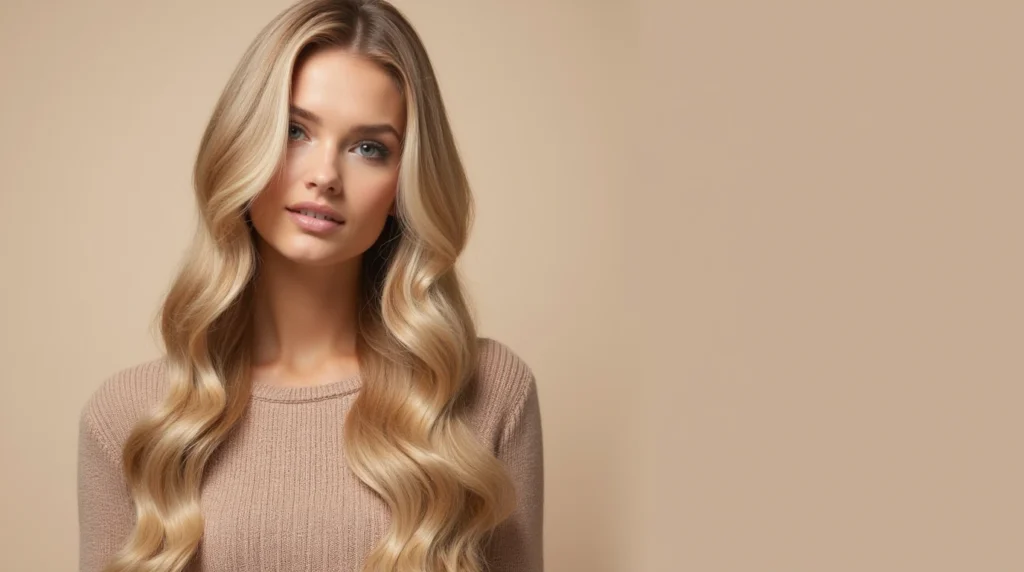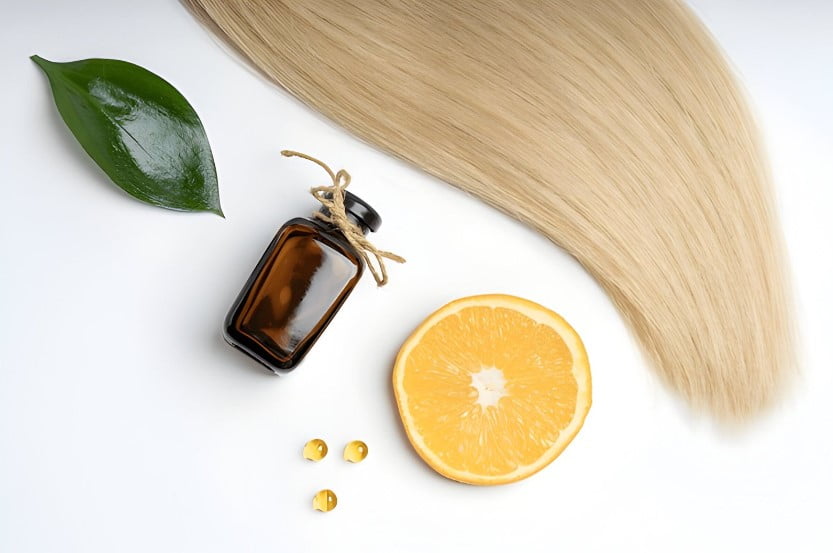Low-Maintenance Hair Care Routine for Busy Women
For many women, managing hair care amidst a busy schedule can feel overwhelming. Between work commitments, family life, and personal responsibilities, spending hours on elaborate hair routines isn’t feasible. Fortunately, a low-maintenance hair care routine can simplify your regimen, save time, and still keep your hair looking beautiful. In this article, we’ll explore practical tips that cater to both short hair and long hair, focusing on hair growth, natural hair care, and ways to maintain a polished look without excessive effort.
Key Takeaways:
- A low-maintenance hair care routine saves time and energy, perfect for busy lifestyles.
- Choosing natural hair care products supports hair health and reduces exposure to harmful chemicals.
- Minimalist hair care still encourages hair growth, even with simple practices.
- Hair routines can be tailored to fit both short hair and long hair.
- Prioritizing hair health over styling can enhance natural beauty with minimal upkeep.
1. Start with a Simplified Wash Schedule
Washing your hair every day may not be necessary and can strip natural oils, which are essential for hair health and growth. Instead, aim to wash your hair two to three times a week, depending on your hair type. For oily hair, consider a lightweight shampoo, while drier hair types may benefit from moisturizing formulas. Opting for natural hair care products that are sulfate-free and paraben-free is beneficial, as these avoid harsh chemicals and preserve the hair’s natural moisture.
2. Embrace Dry Shampoo as a Staple
Dry shampoo is an excellent solution for busy women who want to extend time between washes. This product absorbs oil and gives hair a refreshed look in minutes. To use, apply it at the roots and let it sit for a few moments before brushing it through. Dry shampoo is particularly helpful for short hair, as it helps maintain volume and texture without weighing hair down.
3. Condition Strategically

While conditioner is crucial, over-conditioning can leave hair greasy and unmanageable. Focus on conditioning only the mid-lengths and ends of your hair, avoiding the scalp area. Deep conditioning once a week can add hydration, particularly for long hair. Choosing a natural conditioner with ingredients like coconut oil or aloe vera can improve softness and reduce frizz without needing multiple styling products.
4. Invest in a Quality Leave-In Conditioner
A leave-in conditioner is a multi-functional product that can detangle, smooth, and nourish hair. It’s especially helpful for managing hair post-shower and adds a layer of protection against heat and environmental stressors. For those with short hair, a lightweight leave-in conditioner prevents flatness, while for long hair, it enhances manageability and shine. Look for products that promote hair growth through strengthening ingredients like biotin or keratin.
5. Opt for Air-Drying When Possible
Heat styling can damage hair over time, so air-drying offers a gentler alternative. After washing, gently towel-dry your hair by patting it rather than rubbing, as rubbing can cause breakage. For women with longer hair, consider braiding damp hair to create a natural wave when it dries. Those with short hair can add a small amount of styling cream for texture.
6. Try Low-Maintenance Hairstyles
Low-maintenance hairstyles reduce styling time and protect hair health. Short hair can look polished with simple styles like the sleek bob or a side-parted pixie cut. For long hair, styles like loose buns, braids, or a classic ponytail are easy to manage and require minimal effort. These hairstyles reduce the need for frequent brushing and prevent excessive hair breakage, supporting healthy hair growth.
7. Limit Product Usage
Keeping your routine minimal means using fewer products overall. Too many products can cause build-up, weighing hair down and dulling its natural shine. Focus on a few essential products that align with your hair type and goals, such as a gentle shampoo, conditioner, and a lightweight serum or leave-in. Minimizing product usage keeps both short and long hair manageable, preventing unnecessary damage.
8. Trim Regularly

Trimming your hair every 6-8 weeks prevents split ends, which can lead to breakage and make hair look unkempt. Short hair, in particular, requires more frequent trimming to maintain its shape. For long hair, regular trims encourage healthy hair growth by removing damaged ends. Trimming is a simple step in a low-maintenance routine that keeps hair looking fresh without extensive styling.
9. Protect Your Hair at Night
Protecting your hair while you sleep can make a noticeable difference in your hair’s health. Sleeping on a silk pillowcase reduces friction, preventing breakage and frizz. For long hair, loosely braid it before bed to avoid tangling. Short hair may benefit from a silk scarf to maintain style and prevent bed head. This easy habit promotes natural hair care and helps retain your hair’s shape and smoothness.
10. Prioritize a Healthy Diet for Hair Growth
Hair health begins from within, and a diet rich in essential vitamins and minerals can support stronger hair growth. Foods high in omega-3 fatty acids, such as salmon, flaxseeds, and walnuts, nourish the scalp. Vitamin E, found in nuts and seeds, and biotin, found in eggs and avocados, also promote healthy hair. Drinking adequate water keeps your scalp hydrated, enhancing hair quality from the root.
| Product | Purpose | Benefits | Recommended for | Application Frequency |
|---|---|---|---|---|
| Gentle Shampoo | Cleansing | Maintains scalp health without stripping natural oils | All hair types | 2-3 times a week |
| Dry Shampoo | Refreshing | Extends time between washes | Oily hair, short hair | As needed |
| Conditioner | Moisturizing | Hydrates and smooths hair | All hair types | After each wash |
| Leave-In Conditioner | Detangling and Protection | Prevents breakage and adds shine | Long hair, short hair | After washing |
| Silk Pillowcase | Night Protection | Reduces frizz and breakage | All hair types | Nightly |
Frequently Asked Questions (FAQs)
1. How often should I wash my hair if I have a busy schedule?
For most people, washing hair two to three times a week is sufficient. Over-washing can strip natural oils, so adjust based on your hair type.
2. Is air-drying really better than blow-drying?
Yes, air-drying is generally gentler on hair. If you must use heat, try to limit it to a few times per week and use a heat protectant.
3. Can low-maintenance routines still encourage hair growth?
Absolutely. Regular trims, a healthy diet, and minimal heat styling support healthy hair growth, even in a simplified routine.
4. Do I need different products for short and long hair?
Some products may vary, but essentials like a gentle shampoo and conditioner work for both. Adjust styling products based on your hair length and texture.
5. Are there any quick fixes for “bad hair days”?
Dry shampoo, simple hairstyles, and a leave-in conditioner are easy ways to manage hair on busy days. Accessories like hair clips or headbands also help.
A low-maintenance hair care routine doesn’t mean sacrificing hair health or appearance. By choosing natural hair care products, simplifying washing and conditioning, and adopting a few easy styling habits, you can save time and still keep your hair looking vibrant and healthy.

